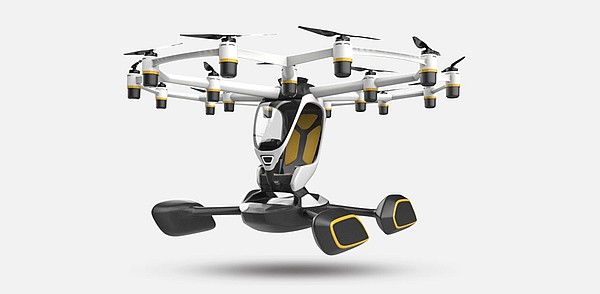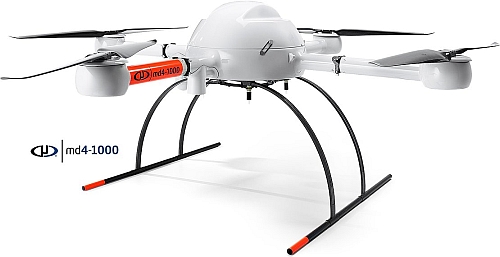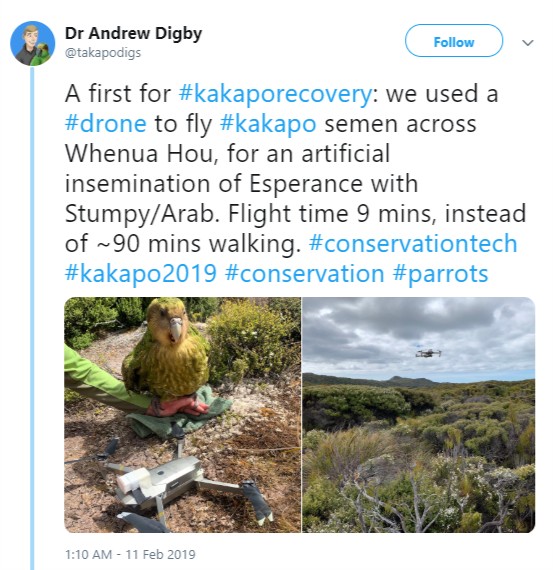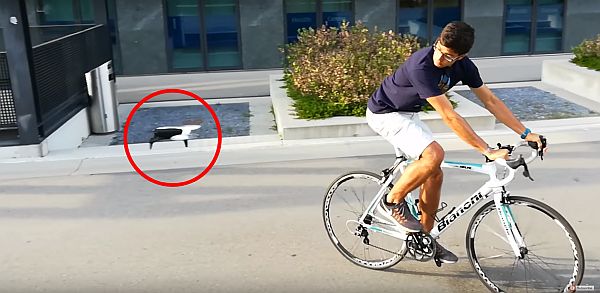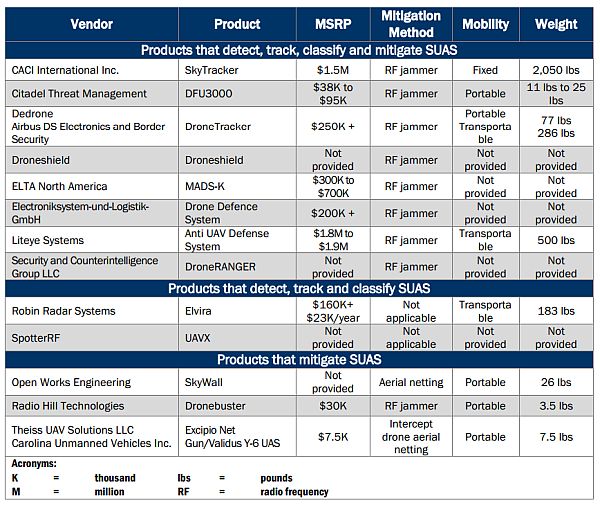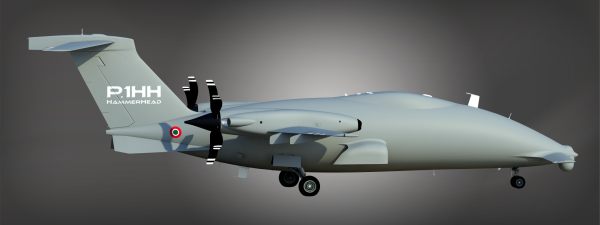Podcast: Play in new window | Download (Duration: 37:02 — 25.5MB)
Hacking drones as a target and as a weapon, military drone flight over San Diego, a State-by-State drone report card, a milestone in India for civilian drones, the EHang 216 goes sightseeing, and those drone sightings in the U.S. midwest, revisited.
UAV News
Drones Aren’t Just Hackers’ Targets – They’re Hackers’ Weapons
A 96-page report titled How to Analyze the Cyber Threat from Drones [PDF] has been published by the Rand Corporation. The report summarizes 26 specific instances of hacking drones. The most common cyberattacks reviewed were denial of service and spoofing attacks against an active drone. The Rand Corporation recommends:
- DHS must continue to work with senior policymakers, cybersecurity experts, and other government and law enforcement agencies to move towards a coherent UAS cyber strategy.
- DHS should also prioritize the most critical vulnerabilities and find ways to close attack vectors and protect attack surfaces.
- DHS will need to monitor UAS adoption and anticipate the implications of widespread UAS diffusion.
Secret General Atomics Drone Flights Over San Diego Raise Surveillance Concerns
The press reported that a new version of the Predator drone (the SkyGuardian) would be flying over San Diego. The General Atomics SkyGuardian has an advanced detect-and-avoid system with a Due Regard Radar to detect other aircraft, TCAS (Traffic alert and Collision Avoidance System) for detecting nearby aircraft transponders, and ADSB (Automatic Dependent Surveillance-Broadcast) which broadcasts the drone’s location.
Which States Are Prepared for the Drone Industry?
The authors argue that states should take the lead by creating drone highways that mirror the paths of the public roads beneath them. The “Fifty-State Report Card” ranks states on their readiness to get new drone technology into the skies. The ranking considers airspace lease law, law vesting air rights with landowners, and navigation easement law, as well as having an aviation advisory committee and the estimate for drone jobs. North Dakota ranks #1 and #50 falls to South Carolina. This is from the Mercatus Center, associated with George Mason University.
India’s First NPNT Compliant Drone Flight Successfully Completed
India’s first No-Permission No-Takeoff (NPNT) compliant drone flight was successfully completed. India’s Ministry of Civil Aviation and the Directorate General of Civil Aviation banned civilian use of UAVs in 2014, but in 2018, a new policy became effective. UAVs had to comply with stringent manufacturing standards and also be compliant with the new No-Permission No-Takeoff (NPNT) architecture requiring a Unique Identification Number (UIN), an Unmanned Aircraft Operator Permit (UAOP), online permission for every flight, and compliance workflow through a fully digital “Digital Sky” portal. This Digital Sky platform was demonstrated with an A200 Remotely Piloted Aircraft System (RPAS)
EHang 216 Sightseeing Flights
EHang released a video showing an EHang 216 autonomous aerial vehicle (AAV) conducting aerial sightseeing trial flights in Yantai, a coastal city in East China. Passengers flew around Yantai’s Fisherman’s Wharf in trials that are part of a “world flight tour.” EHang founder and CEO said, “As the world’s first provider of passenger-grade AAVs, we are honored to prove this game-changing air mobility solution by demonstrating flights to regulators, customers, partners and the general public. The positive support and feedback have strengthened our determination in our quest to bring this new style of mobility to the people.”
Video: Self-flying EHang 216 Showcases Aerial Sightseeing Trips Over the Sea in East China
Newly Released FAA Documents Give Unprecedented Look Into Colorado Drone Swarm Mystery
In December 2019 and January 2020, law enforcement agencies reported seeing drones flying at night in formations in parts of Colorado, Nebraska, and Kansas. The sightings made national news, but we never got a really good idea what (or who) was behind this. Now a volunteer researcher with the Scientific Coalition for UAP Studies (SCU) used the Freedom of Information Act (FOIA) to obtain hundreds of pages of emails and other documents from the FAA and other federal agencies. Hundreds of other documents are still being processed by the FAA and some documents are being withheld by the FAA. The agency says they are exempt from FOIA.
Kespry Appoints Krishnan Hariharan as Vice President of Engineering
Kespry announced the appointment of Krishnan Hariharan as Vice-President of Engineering overseeing Kespry’s Aerial Intelligence platform development and evolution. Hariharan was Vice-President, Engineering and Product Management for PrecisionHawk. Before that, he held a number of leadership roles at SAVO, Sabre, and OpenText. He also founded River North Labs, a technology consulting company.

